SAP S/4HANA Finance Tutorial
Category: SAP S/4HANA Finance Posted:Jul 06, 2020 By: Ashley Morrison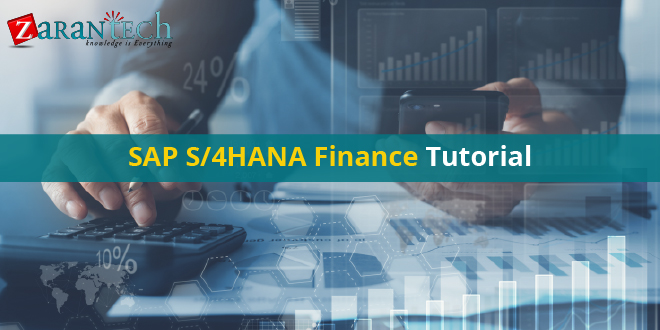
What is SAP?
SAP is an acronym for System Application Products in Data Processing. It is a system that offers users a real-time business application that could be utilized in multiple currencies and languages. SAP solutions include a variety of functional modules, which support transactions to execute key business procedures.
SAP is well known for its Enterprise Resource Planning (ERP) and data management programs. It has evolved to replace all company spreadsheets with a single user accounting package within the business management system of the particular company. SAP is additionally known for developing Graphical User Interface (GUI).
SAP S/4HANA Finance

SAP S/4HANA Finance is an ERP Financial Software that runs on SAP HANA’s in-memory platform which allows users to run real-time reports on operational and financial data. Like other products on the HANA platform, the data is saved and processed in memory so you can analyze data quickly with few constraints. For instance, you can run any time of the day, month, or quarter with up-to-minute accuracy.
Users are now able to reimagine finance with the SAP S/4HANA Finance solution (Formerly SAP Simple Finance). This ERP financial software runs on the in-memory platform of SAP HANA and supports financial planning and accounting, among others. Almost all verticals familiar with SAP S/4 HANA Finance. And therefore, the pay scale of SAP S/4HANA experts is around $100,000.
In the present time, SAP S/4HANA Finance can be used widely in multiple situations like the S/4HANA deployment option, with the unifying feature being one or more legacy ERPs that will move financial data to Central Finance, statutory reporting and transition to the regional template.
Replacing the responsibility of data maintenance on the traditional systems simplifies the administrator’s tasks in the digital platforms. The in-memory data support in SAP HANA sustains smoother processing of data transactions with fault-tolerance analysis. With SAP HANA, you can perform simple data operations on a unified cloud platform.
Want to Boost Your Skills? Click here
Components of SAP S/4HANA
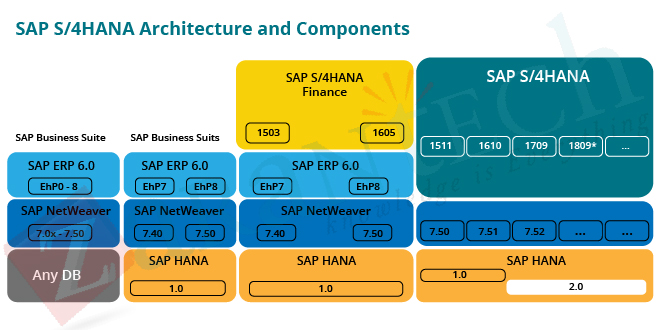
Considering that SAP S/4HANA Finance is a part of the S/4HANA Suite, it is necessary to comprehend that S/4HANA consists of four components:
- Functional/core components – SAP provides numerous finance capabilities and enhancements as part of the functional/core components. You require to be on a minimum of SAP NetWeaver 7.4, SAP ERP Central Component (ECC) 6.0 Enhancement Package 7, and SAP HANA version 1.0 to be able to consider a migration project or upgrade to S/4HANA. The Migration to S/4HANA from ECC 6.0 is a functional upgrade that involves the migration of transactional tables.
- Presentation/User Experience (UX) component – This SAP Fiori-based GUI component helps you interact with the core component via the user-friendly Fiori displays. It needs SAP net Weaver 7.4 and SAP Gateway version 2.0. Note that this is an optional component, and you can proceed with your existing SAP GUI or NetWeaver Business Client as your user interface.
- Reporting/analytics component – This component enables real-time reporting and analytics using pre-packaged HANA Live views. The prerequisites for installation are SAP HANA Live 1.0 for SAP ERP as well as SAP HANA. This, too, is an optional component.
- App component: This component is a collection of analytical applications in the Financials suite for key financial decision-makers in an enterprise.
Key Facts of SAP S/4HANA
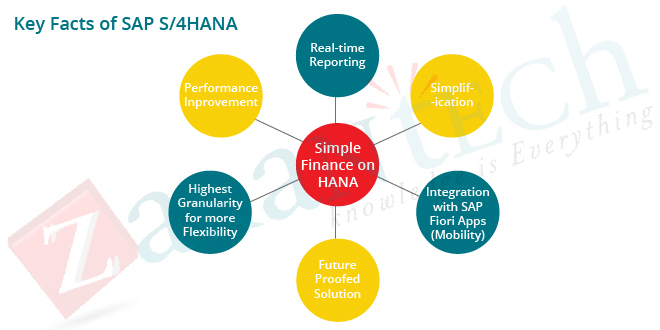
- S/4HANA represents what can be called the power of one. The introduction of the universal journal (table ACDOCA) moves SAP closer to a single accounting transaction repository. It means that the posting to various individual ledgers, such as the material ledger, Asset Accounting (FI-AA), and CO, has been changed by posting to one unified journal.
- In operational terms, every business transaction in the SAP General Ledger or classic General Ledger, CO (except costing-based profitability analysis), FI-AA, and the price determination component of the material ledger generates a journal entry in the table ACDOCA.
- SAP has reduced the numerous instances of data redundancy and duplication across all FI modules. For those of you who are thinking about what this does to the coding block, do not despair. ACDOCA can be extended to include the coding block. Among the most excruciating facets of implementing FI/CO in any type of company has been the (delayed and also manual) reconciliation of CO postings to FI. This is now instantaneous and automatic.
- S/4HANA has solved one big pain point, real-time reporting, or analytics. The delayed reporting and analysis because of Extraction, Transformation, and Loading (ETL) to connected data warehousing systems (typically SAP Business Storehouse [SAP BW] has been a bane.
- With S/4HANA Finance, you can transact and report all at the same time because within your system, that houses S/4HANA hides a full-blown SAP BW system. This eliminates the need for offloading the reporting and analytics to your SAP BW system.
- To put it simply, there is no ETL required for your separate SAP BW instance and, as a result, no delays in reporting. You are now able to do real-time reporting that integrates transactional and historical data and allows you to make both strategic and tactical decisions based on one of the most recent data.
- S/4HANA Finance has considerably streamlined the overall data flow in your FI modules. Those of us who have been entailed with FI/CO for several years will readily concur that there were too many tables being updated behind the scenes for every single financial transaction. For instance, FI postings would generally involve updates to many tables (called secondary indexes).
- All these tables (such as BSIK and BSAK) have been removed. This has decreased the complexity of the overall data model. There is enough information available in the public domain on the tables that have been eliminated in S/4HANA Finance.
- Although SAP Fiori was not the presentation layer for SFIN 1.0, with the release of S/4HANA, Fiori plays a far more prominent role. Although it’s optional for the on-premise version, Fiori is your user interface for the cloud version. What this indicates for you as a user is that you have an interface that takes out the intricacy and clutter of SAP GUI-based screens.
- In addition, Fiori provides you with the same interface throughout all devices, whether it is your laptop or a mobile device. Fiori utilizes both SAP HANA Live Content along with S/4HANA embedded analytics. S/4HANA comes built with more than 500 role-based applications that consist of finance-specific roles. One category of these applications is analytical applications that provide users with real-time visibility into key performance indicators (KPIs).
Go through our SAP S/4HANA SIMPLE FINANCE EXAM C_TS4FI_1610 Certification Made Easy to crack the Interviews.
Conclusion
SAP S/4HANA Finance is an ERP Financial Software that runs on SAP HANA’s in-memory platform which allows users to run real-time reports on operational and financial data.
SAP S/4HANA Finance can be used widely in multiple-use situations like the S/4HANA deployment option, with the unifying feature being one or more legacy ERPs that will move financial data to Central Finance, statutory reporting and transition to the regional template.
I hope that by now you have had an overview of SAP S/4 HANA Finance. Before you enroll in ZaranTech’s certification course on SAP S/4 HANA Finance, do check out the S4 HANA Finance demo:
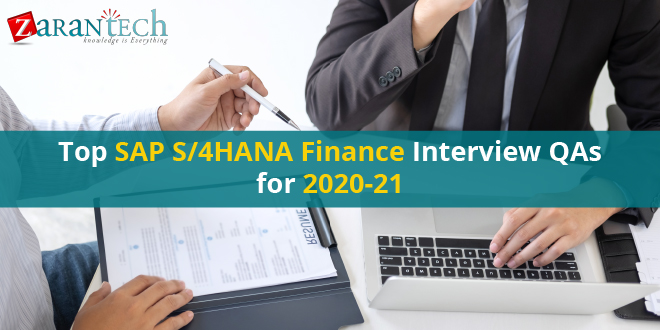
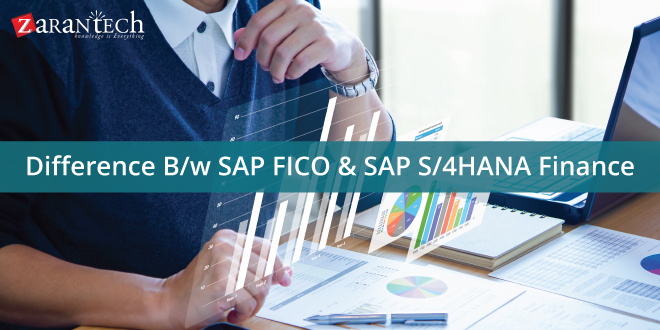
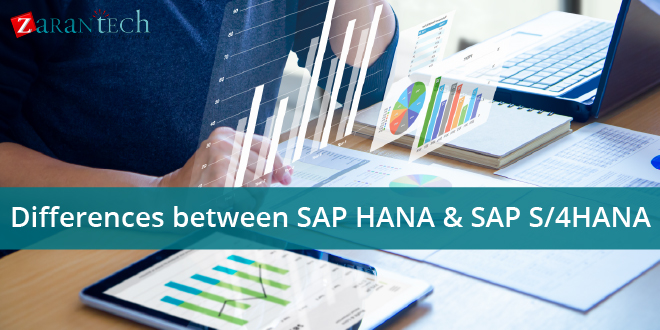
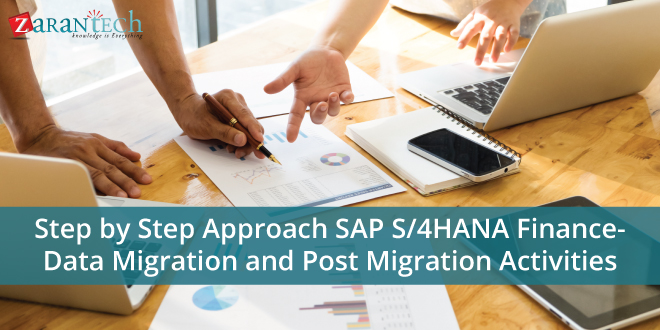

 99999999 (Toll Free)
99999999 (Toll Free)  +91 9999999
+91 9999999